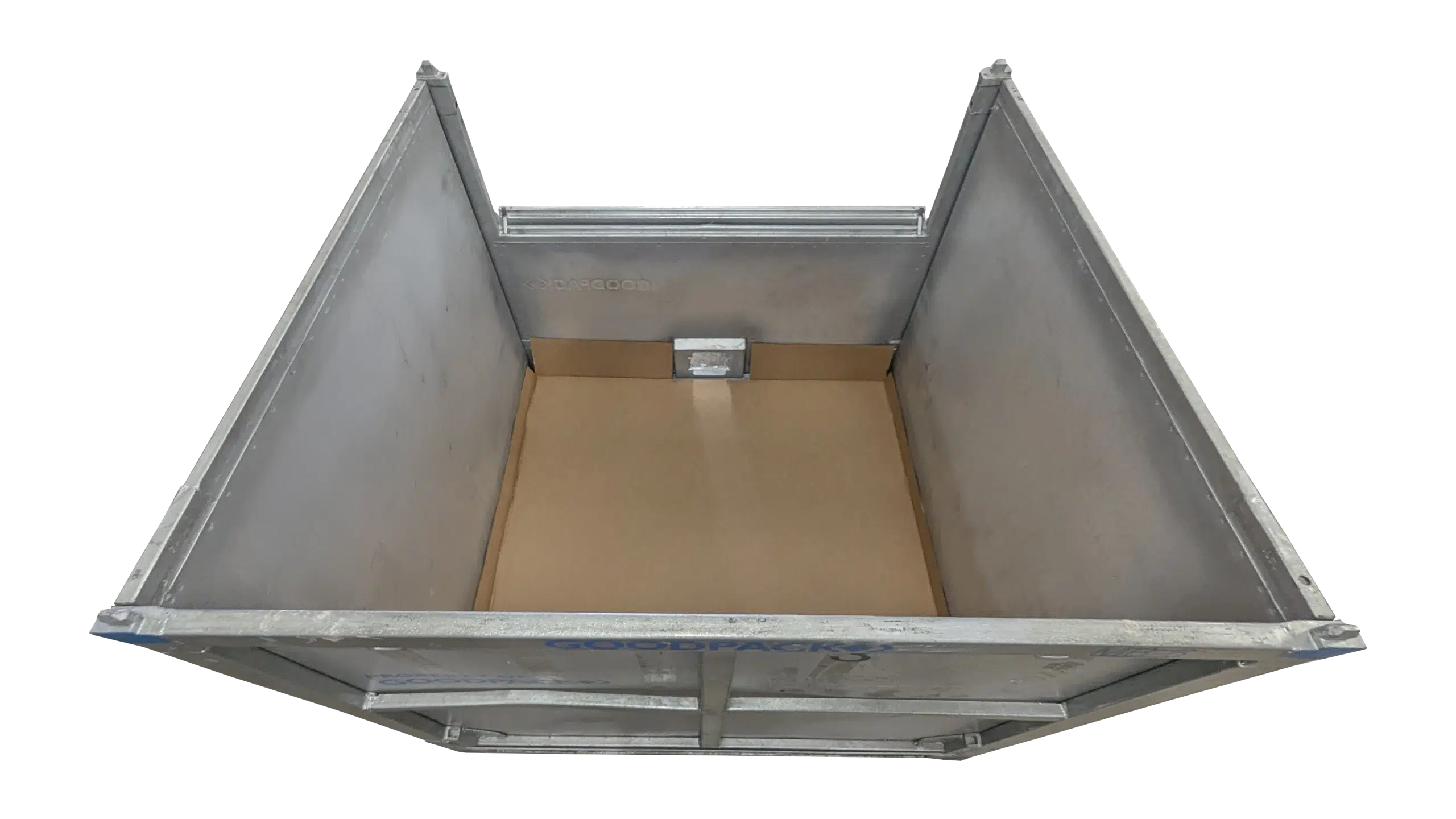Intermediate Bulk Containers (IBCs) are widely used for transporting and storing liquids across industries such as food, chemicals, cosmetics, and automotive products. While the containers themselves are designed to be durable, their effectiveness is heavily dependent on the protective components that support them. Among these, IBC base pads play a crucial role in safeguarding protective liners during transit. Understanding how base pads work provides insight into why they are an essential part of bulk liquid packaging systems.
What Are IBC Base Pads?
IBC base pads are protective layers placed at the bottom of an IBC container. Their main function is to cushion and stabilize the liner, preventing direct contact between the liner and the rigid floor of the container. Since liquid weight exerts consistent downward pressure, the liner is vulnerable to friction, wear, and punctures if not properly protected. A base pad acts as a buffer, reducing stress on the liner and ensuring that the liquid remains safely contained.
Base pads are part of a broader system of IBC packaging materials that also includes dunnage boards, top lids, and protective liners. Together, these components create a reliable packaging solution that minimizes the risks of leaks, contamination, or product loss during shipping.
Why Liners Need Protection During Transport
Protective container liners, such as a polypropylene container liner, are designed to prevent contamination and provide a clean barrier between the liquid and container walls. However, during transport, containers experience movement, vibration, and impact. These forces can cause liners to shift or rub against the container’s surface. Without protection, this repeated motion could damage the liner and compromise its ability to contain the liquid safely.
By adding an IBC base pad, businesses ensure that liners remain secure, even under the challenging conditions of long-distance shipping. The pad absorbs impact and friction, extending the life of both the liner and the container.
The Role of Dunnage Boards, Base Pads, And Top Lids In IBCs
Base pads are most effective when working alongside other protective elements. Dunnage boards distribute weight evenly throughout the container, reducing stress on the liner’s sides. Top lids or IBC container lids keep contaminants out and secure the liner from above. Together, these components form a complete protective system. To explore this in greater detail, review the guide on The Role Of Dunnage Boards, Base Pads, And Top Lids In IBCs.
How Base Pads Improve Shipping Efficiency
One of the key benefits of using base pads is improved shipping efficiency. By reducing the risk of liner damage, base pads minimize downtime caused by leaks or product losses. They also make it easier to reuse IBCs, since liners can be swapped out without concern for damage to the container itself. This reduces cleaning requirements and helps businesses operate more sustainably.
Base pads also help maintain container stability during stacking and transport. This is particularly important when IBCs are moved across long distances or through environments where vibrations and jolts are common.
Supporting Bulk Liquid Packaging Components
Base pads are part of a network of bulk liquid packaging components designed to work together. In addition to dunnage boards and top lids, open top liners are often used to make liner installation and replacement easier. Each component has a specific role but contributes to the same goal: protecting the liquid product and the packaging system as a whole.
IBC protective packaging supplies like base pads and lids not only safeguard the container but also help businesses meet industry standards for safety and cleanliness. They ensure that liquids arrive in the same condition as when they were filled, maintaining both quality and compliance.
Applications Across Industries
Different industries benefit from the protective qualities of base pads in unique ways. In the food and beverage sector, base pads ensure that juices, syrups, and oils remain uncontaminated by preserving liner integrity. In chemical transport, they help contain hazardous liquids and prevent costly spills. For cosmetics, base pads protect creams and gels from exposure to contaminants during long journeys. Automotive companies also rely on them for shipping lubricants, coolants, and antifreeze with confidence.
Regardless of industry, the consistent function of base pads is to provide a foundation of stability and protection for the liner.
Sustainability Benefits of Using Base Pads
Beyond safety, base pads contribute to sustainable operations. By reducing the frequency of liner failures, they cut down on waste and make it possible to reuse IBCs more effectively. They also reduce the need for intensive cleaning processes, which saves water, energy, and cleaning chemicals. This makes them an important element for companies seeking to align their shipping practices with environmental goals.
Choosing the Right Packaging Materials
Selecting the right protective system involves considering the type of liquid, shipping conditions, and handling requirements. Base pads come in different designs to meet varying needs, and they are most effective when paired with liners and accessories tailored to the product. For businesses seeking guidance, the Comprehensive Guide To IBC Packaging Materials And Components provides detailed information to help create the most effective solutions.
Why Partner with Innovative Liner Solutions
Innovative Liner Solutions offers a complete range of IBC protective packaging supplies, including base pads, dunnage boards, top lids, container lids, and liners. Their expertise ensures that businesses receive tailored solutions to protect valuable liquids during shipping and storage. With a focus on safety, efficiency, and sustainability, they provide the trusted support needed to manage bulk liquid transport across industries.
Conclusion
Base pads are a simple yet essential part of any IBC container system. By cushioning liners, reducing wear, and stabilizing containers during transport, they protect both the product and the container itself. When combined with dunnage boards, top lids, and liners, they create a comprehensive protective system that improves safety, efficiency, and sustainability in bulk liquid shipping.
For expert support in selecting base pads and other IBC protective packaging supplies, contact Innovative Liner Solutions today at (815) 963-9525.


